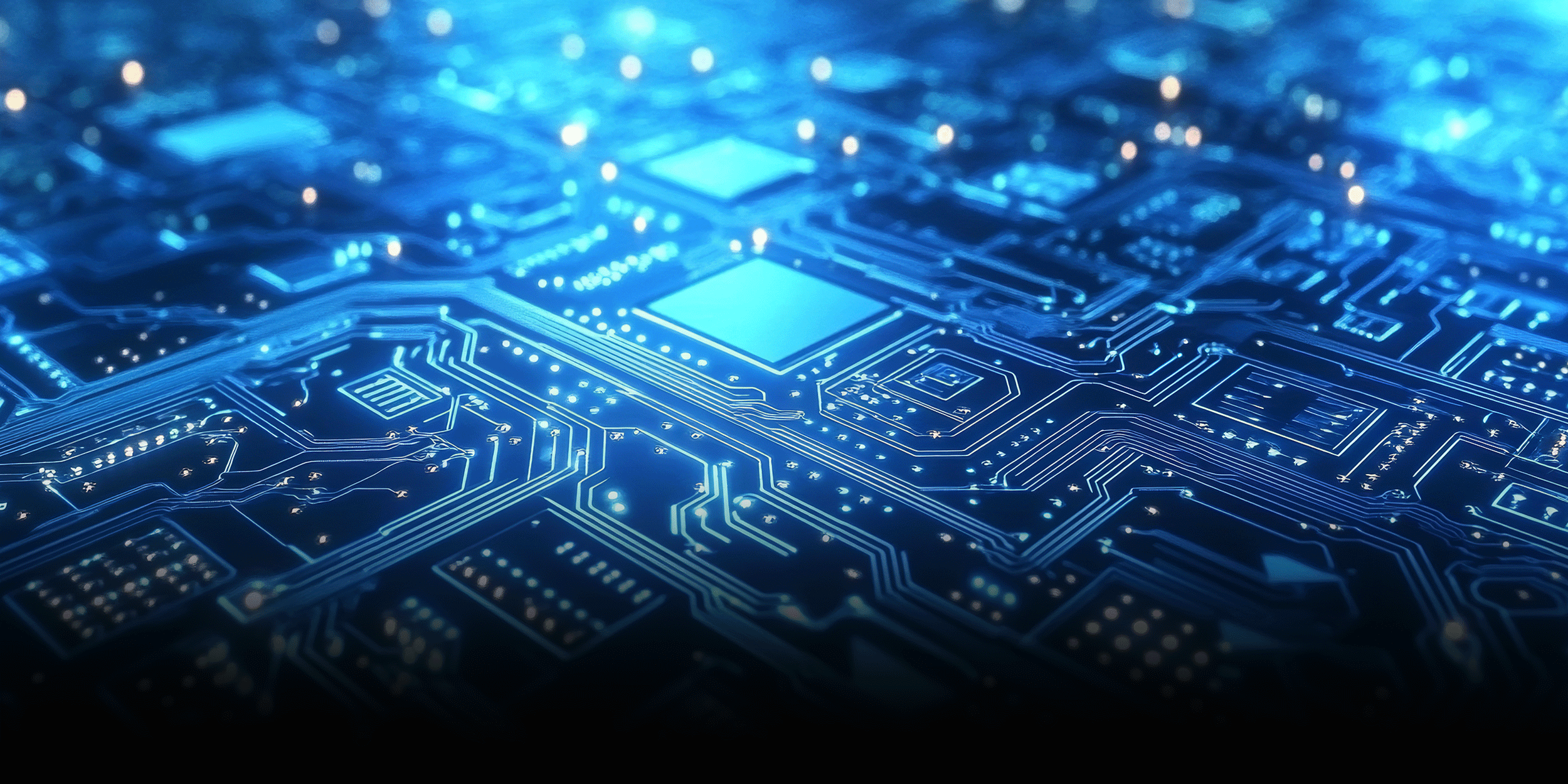Shanghai Researchers Develop Picosecond Flash Memory, Potentially Revolutionizing AI
april 26, 2025
As artificial intelligence systems demand ever-faster and denser memory solutions, a team of researchers in Shanghai has announced a breakthrough that could redefine the landscape of computing. they have developed a flash memory device capable of operating at picosecond speeds, shattering existing records and paving the way for a new generation of AI applications.
PoX: A Leap in Memory Technology
The device, dubbed “PoX,” was developed by a research team at Fudan University. It achieves an astounding 400-picosecond operation speed,surpassing even the fastest volatile memory currently available.according to the research team’s paper published in Nature on Wednesday, this milestone represents the fastest semiconductor charge storage ever recorded, rivaling the performance of state-of-the-art computing systems.
Professor zhou peng, a lead researcher on the project, stated, “In the blink of an eye, the super flash memory performed 1 billion operations, while conventional USB drives can only manage 1,000.” This dramatic increase in speed could have profound implications for various applications, particularly those reliant on AI.
Redefining Memory Architecture
The potential impact of this technology extends beyond mere speed enhancements. If successfully scaled for industrial production,PoX has the capability to fundamentally reshape memory architecture.It could blur the lines between customary storage and memory,potentially eliminating the need for separate tiers for data access in future computers.This would enable faster and more efficient local deployment of large AI models, reducing latency and improving overall system performance.
Addressing the AI Memory Bottleneck
Current AI systems face a meaningful challenge: the need for memory that is both fast and capacious. Existing technologies force a compromise. Volatile memory offers speed but suffers from data loss when power is interrupted and consumes significant energy. Flash storage, on the other hand, is stable and energy-efficient but considerably slower. This trade-off has become a major bottleneck in AI advancement, limiting the potential of advanced algorithms and applications.
A Novel Approach to Flash Memory
To overcome these limitations, the Shanghai team took a radical approach, re-engineering storage from the ground up. According to Liu Chunsen, a researcher on the project, “Previously, the approach to speeding up flash memory was to have electrons build up speed first, like warming up on a track.” Their innovative solution utilizes specialized materials that allow electrons to move directly to storage sites without delay. This results in up to 2.5 billion operations per second, outpacing the fastest memory currently available while maintaining energy efficiency and scalability.
The implications for U.S. tech companies are significant. Companies like Micron and Intel, which heavily invest in memory research and development, will need to closely monitor and potentially adapt to these advancements to maintain their competitive edge. The development could also spur increased investment in domestic memory manufacturing to reduce reliance on foreign technologies.
| Memory Type | Speed | Volatility | Energy Efficiency |
|---|---|---|---|
| Volatile memory (e.g.,DRAM) | Very Fast | Volatile (data lost when power is off) | High Consumption |
| Flash Storage (e.g., SSD) | Slow | Non-Volatile (data retained when power is off) | low Consumption |
| PoX (Fudan University) | Extremely Fast (400 picoseconds) | Potentially Non-Volatile (requires further testing) | Potentially Low consumption |
Timeline for Industrial Applications
The research team is optimistic about the future. They aim to achieve megabyte-level integration within the next three to five years, paving the way for widespread industrial applications. This ambitious goal, if realized, could trigger a paradigm shift in computing, accelerating the development and deployment of AI-powered solutions across various sectors.
Counterargument: Scalability Challenges
While the breakthrough is promising, some experts caution that scaling the technology for mass production may present significant challenges. The specialized materials required for PoX might be expensive or challenging to source in large quantities. Moreover, integrating the new memory technology into existing computing architectures could require significant modifications and investments. However, the potential benefits of picosecond memory are so significant that overcoming these challenges is likely to be a priority for both researchers and industry leaders.
Impact on U.S. Businesses and Consumers
The advent of faster and more efficient memory could have a transformative impact on U.S. businesses and consumers. Companies could develop and deploy more sophisticated AI-powered applications,leading to improved productivity,enhanced customer experiences,and new revenue streams.Consumers could benefit from faster and more responsive devices, as well as access to AI-driven services that where previously impractical due to memory limitations. For example, augmented reality applications, real-time language translation, and personalized medicine could all be significantly enhanced by this new technology.
FAQ: Picosecond Flash Memory
| Question | Answer |
|---|---|
| What is picosecond flash memory? | It’s a type of memory that operates at picosecond speeds (trillionths of a second), offering significantly faster performance than current flash memory. |
| How does it improve AI performance? | Faster memory reduces latency and allows for more efficient processing of large AI models, leading to quicker response times and improved accuracy. |
| When will picosecond memory be available? | Researchers aim to achieve megabyte-level integration within 3-5 years, but widespread availability will depend on prosperous scaling and industrialization. |
| Is it energy efficient? | The current prototype is reported to be energy efficient, but further testing is needed to confirm this at scale. |
| What are the potential applications? | The applications are vast, including faster smartphones, more responsive AI assistants, and advancements in fields like medical imaging and autonomous vehicles. |
Archyde Interviews Dr. Evelyn Reed on the Revolutionary Picosecond Flash Memory
April 28, 2025
Archyde News Editor: welcome, Dr. Reed, to Archyde. Thank you for joining us to discuss this groundbreaking picosecond flash memory growth. Could you start by giving our audience a concise overview of what this innovation from Fudan University actually *is*?
Dr. Evelyn Reed: The Core of the Breakthrough
Dr. Evelyn Reed: Certainly. This is fundamentally a new type of flash memory, dubbed “PoX,” capable of performing operations at the remarkable speed of 400 picoseconds. That’s incredibly fast – over a thousand times quicker than existing high-speed flash memory. To put it simply, it could revolutionize how AI systems handle data.
Archyde News Editor: That speed is remarkable. What are the principal advantages of such a rapid advancement over current memory technologies, specifically regarding the AI applications we’re hearing so much about?
Dr. Evelyn Reed: Accelerating the AI revolution
Dr. Evelyn Reed: the primary benefit for AI lies in reducing the “memory bottleneck.” Current AI systems grapple with balancing data access speed and storage capacity. Traditional flash memory is non-volatile and energy efficient,but slow.Ultra-fast memory like PoX eliminates this trade-off. This means AI models can be deployed faster, with lower latency, and improve overall system performance, leading to more intricate and rapid processing—crucial implications for autonomous driving, medical imaging, and other AI-dependent fields.
Archyde News Editor: The article mentions a novel approach to achieve this speed. Could you elaborate on the innovative materials and methodology that allow this?
dr. Evelyn Reed: A New Angle to Memory Fabrication
Dr. Evelyn Reed: The Shanghai team has bypassed traditional methods. Instead of attempting to speed up electron movement gradually, like “warming up on a track,” they’ve employed specialized materials that allow electrons to move almost instantaneously into storage sites. They have essentially re-engineered memory from the ground up.
Archyde News Editor: this advancement could impact major US tech companies. From your perspective, how should companies the likes of Intel and Micron respond to stay competitive in this dynamic landscape?
dr. Evelyn Reed: Navigating the Competitive Landscape
Dr. Evelyn Reed: They absolutely need to pay close attention and perhaps invest heavily in research and development, particularly in novel materials research. A key challenge will be adapting existing architectures to interface with this new memory type. also, the potential for increased domestic manufacturing of memory chips if the PoX technology takes off would be something they would likely examine closely. In the short term,this could affect the future of the industry with regards to global market control.
Archyde News Editor: What are the biggest hurdles to overcome before we see this technology widely deployed in everyday devices?
Dr.Evelyn Reed: Challenges Ahead
Dr. Evelyn Reed: scaling the technology for volume production is a meaningful challenge. The unique materials used might be expensive or difficult to source in adequate quantities. The integration with established computing architectures will likely need modifications and investment. Tho, the potential gains may outweigh these hurdles.
Archyde News Editor: The research team predicts megabyte-level integration within three to five years. How realistic is that timeframe? And what sectors are most likely to see PoX utilized earliest?
Dr. Evelyn Reed: Timeline and initial Applications
dr. Evelyn Reed: The timeframe is aspiring, but achievable with sufficient investment and engineering breakthroughs. The most immediate impact will likely be in high-performance computing, data centers, and specialized applications like advanced medical imaging or in fields where rapid data processing is essential.It’s within the realm of possibility that the first applications will be in specialized computing rather than consumer devices, given the current stage of development and industrial needs.
Archyde News Editor: Considering the potential impact on everything from faster smartphones to AI-driven medical breakthroughs, what is the *one* application you are most excited to see enabled by picosecond flash memory?
dr. Evelyn Reed: One Application
Dr. Evelyn Reed: that’s a tough one, but if I had to choose, I’d say I’m most excited to see the advancements in personalized medicine. The ability to process vast amounts of genomic data in real-time, leading to tailored treatments and earlier disease detection, has the potential to drastically improve human well-being. What applications are other Archyde readers most looking forward to?
Archyde News Editor: Excellent point! Thank you, Dr. Reed, for your time and your valuable insights. It’s clear this is a field to watch closely.
Dr. evelyn Reed: Thank you
Dr. Evelyn Reed: My pleasure. Thanks for having me.







